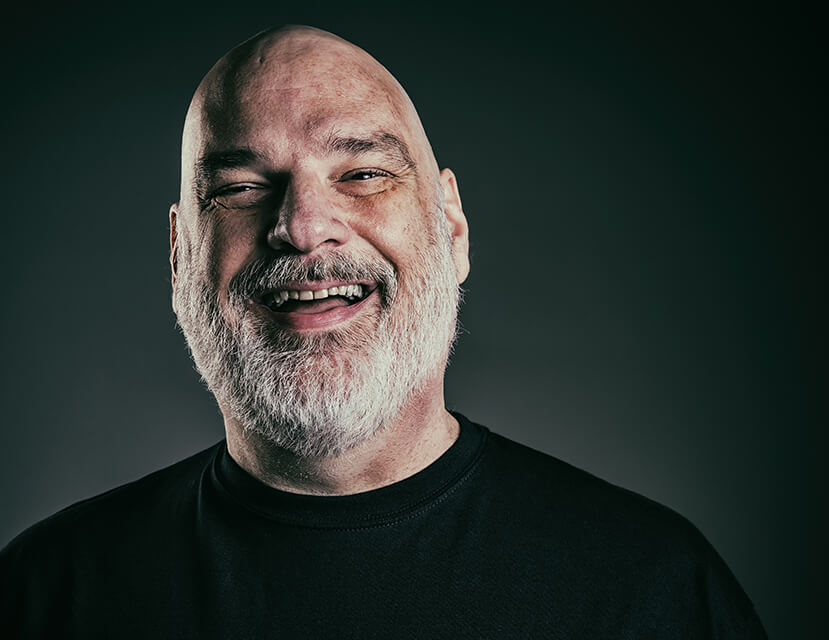The Bald Truth
Many people dread hair loss and fear baldness. Thinning hair is a common problem for both men and women, but they experience hair loss differently. Men have common hair loss patterns and women have their own distinctions when it comes to shedding hair. Even though males and females are both losing hairs, the fundamental differences in how they’re losing hair can make a difference in their treatment options.
Natural hair cycles
When faced with hair loss, it’s important to understand the natural cycles of your hair. There are four main stages in the hair cycle that include a growing phase, a regression phase, a shedding phase and a resting phase. The hairs on your head are not necessarily in the same stage all at once. People who experience hair loss likely have a problem with the growth portion of their hair cycle.
Many things can interfere with your hair’s growing phase. Medications and illnesses are commonly the cause, but genetics can be a factor too. The American Academy of Dermatology says it’s normal to lose 50 to 100 strands of hair every day. Women tend to notice thinning hair before men do. They often report seeing hair on their pillow in the mornings or notice extra hair being pulled out with their comb.
Male pattern baldness
It’s not uncommon for guys to begin to noticing hair loss in the 20s and 30s. Male pattern baldness is one of the leading causes of early thinning hair in men. Family history and genetics are good indicators of the likelihood a man will experience early baldness. If your father and grandfather experienced thinning hair when they were young, you are at a greater risk for following the same pattern of hair loss. Hair loss in men generally begins receding from their foreheads. The hair on the back and sides of their heads will usually remain full and thick for longer.
Women’s hair loss
Baldness tends to begin later in women, generally in their 50s or 60s, but it is still a common problem. Thinning hair at the top of their scalp is one of the first indications of hair loss in women. Women might also realize their part is getting wider and more of their scalp is visible when their hair is pulled back. How much or how little hair a woman’s mother or grandmother has is a good indication of family genetics and hair loss. Talk with your relatives to get an idea of what you can expect.
Female pattern baldness
Female pattern hair loss can be identified by the hair follicles on your scalp. If you take a magnifying glass and look closely, your follicles might appear different sizes. If some hair follicles are thick and others are thin, this can be a sign of androgenetic alopecia or female pattern hair loss. When a normal hair sheds, it will be replaced by a hair follicle that’s the same size. Women with female pattern hair loss will notice that their hair follicles are gradually shrinking. Eventually, the hair follicles on women with this condition will stop growing hair.
If your hair loss is not hereditary, many women experience thinning hair from hormonal changes during pregnancy or menopause. Extreme stress or dramatic weight loss can also contribute to hair loss in women. Historically, women would disguise their thinning hair with wigs and styling tricks. Today, many women are looking to more modern hair restoration options.
Hair loss treatments
Rogaine has proven to be an effective medication for both men and women hair loss patients. Consult with your doctor as soon as you notice significant or unusual hair loss. Hair loss might be an indication of a larger health problem. Whether it’s medically linked or hereditary, the early you start treatment for thinning hair, the more effective it is.
Hair transplants are an effective way for men to combat hair loss and baldness. Modern hair transplant procedures relocate individual follicular units for natural results with minimal scarring. Unfortunately, women are not always good candidates for this procedure. Surgical hair procedures transplant hair from thick areas on the back and side of a patient’s scalp. Many women lose hair on their entire head and don’t have the full patches of hair that are necessary. Consulting with a certified hair restoration surgeon is the best way for both males and females to address their hair loss concerns.
Contact Info
9777 S. Yosemite Street, Suite 200
Lone Tree, CO. 80124
303.680.8989
Email Us
Hours
Monday - Thursday: 8am - 5pm
Friday: 8am - 4pm
